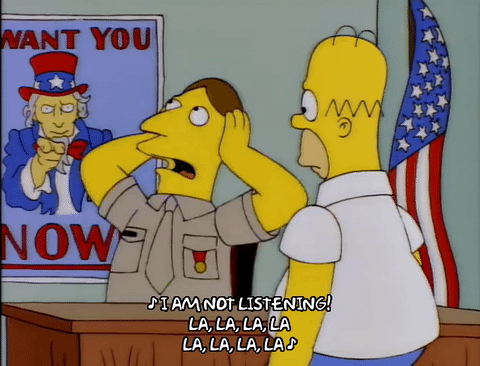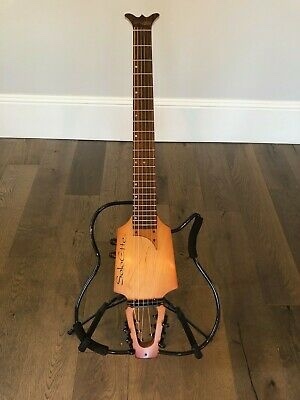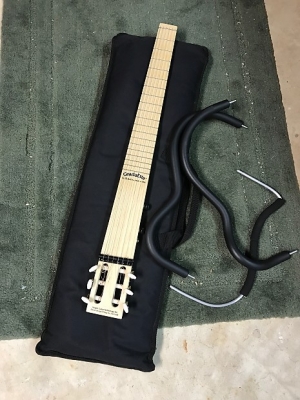Welcome to our forum. A Message To Our New and Prospective Members . Check out our Forum Rules. Lets keep this forum an enjoyable place to visit.
Currently working on errors from the latest (SimplePress) forum update. Many issues have been resoled and others are being worked on. Thank you for your patience.
 Topic RSS
Topic RSS



 (2 votes)
(2 votes) Regulars


On the string-breaking thing: where do they normally part? Is it a stress fracture at the bridge, nut or peg, or is it damage from the frog ferrule? For what it's worth, I've yet to snap any violin strings, E or otherwise.
@AndrewH - I particularly like the model with the interchangeable, self-adjusting feet. The bridges shown in this linked site are very sensible and represent a good compromise en route to the horror-show I had envisaged. The prices are extraordinary from my point of view, but I'm sure others would consider them fair.
@Gordon Shumway - Thanks for the supportive nudge! I've been afflicted by the Knack since early childhood, and i've besoiled many carefully-crafted meetings with irrelevant technical divertimenti and this forum is no exception.
Peter
"It is vain to do with more that which can be done with less" - William of Ockham
"A crown is merely a hat that lets the rain in" - Frederick the Great
Regulars







Peter said
On the string-breaking thing: where do they normally part? Is it a stress fracture at the bridge, nut or peg, or is it damage from the frog ferrule? For what it's worth, I've yet to snap any violin strings, E or otherwise.
All of the above. (If the same string breaks at the same spot on the same violin more than once, it's cause for getting the violin checked by a luthier, because there may be a sharp edge that needs to be removed.) Occasionally also somewhere along the fingerboard, due to corrosion from the violinist's fingers, especially if they've been on the violin too long -- some people have more corrosive sweat than others.
I broke two E strings as a beginning violinist, one at the peg and one at the bridge. I haven't broken any violin or viola strings after the first three years.
Regulars


This 'fragile E syndrome' probably explains why the accessory compartment of my violin's case came replete with half-a-dozen spare Es. The violin was purchased second-hand. The spare Es are very rusty, but I keep them because they lend some character to the case and I'm a bit sentimental in that way.
Peter
"It is vain to do with more that which can be done with less" - William of Ockham
"A crown is merely a hat that lets the rain in" - Frederick the Great
Regulars
 Online
Online

















 Oh man, it's just become all to much for me now !!! ROFL !
Oh man, it's just become all to much for me now !!! ROFL !
Nah, seriously folks, good stuff! Interesting bridge design (and interesting site in general) re the segmented bridge @AndrewH
Oddly enough, on the old ebay 3/4 fiddle I got, the bridge fitted on that had adjustable feet - as I recall it is an Aubert Mirecourt - the cost of which would probably be about the same as what I paid for the entire fiddle!
I seriously recommend not copying my mistakes. D'oh -
Please make your own, different mistakes, and help us all learn :-)
Regulars
 Offline
Offline

@peter and others. I purchased a high tech folding classical guitar (an example of which is now circling above in the space station). The bridge is a metal tube and the pickup is cloistered in the bowels of the instrument (sorry @BillyG, I likely provided “too much information” on that detail as well). The connecting bit is a small plastic tube similar in appearance to that used in behind the ear hearing aids. The ambiance of this system is wonderful. Photos of same provided below.
The biggest culprit in the breaking of the bass strings occurs when the string is wound too closely to the side of the pegbox and snaps due to mechanical wear. It is not unknown to have people attempt to tune a string to a higher octave, and to have people strum the g string and tug on the d peg while tuning (been there, done that).
I suspect that work hardening is the culprit in the demise of most e strings.


Success is the progressive realisation of a worthy ideal. —Earl Nightingale.
Regulars


Irv said
@peter and others. ...I suspect that work hardening is the culprit in the demise of most e strings.
I wonder if there's a correlation between fatigue mitigation as a learning outcome and the decreasing failure rate with experience. There is little info for the new violinist wherein they are told about graphite, bevelled edges and parchment.
Peter
"It is vain to do with more that which can be done with less" - William of Ockham
"A crown is merely a hat that lets the rain in" - Frederick the Great











@Irv wrote -
(sorry @BillyG, I likely provided “too much information” on that detail as well).
No, no, no, no - TMI - nah, not possible... that can never happen Irv !!! ROFL !
^5s !!!!
I seriously recommend not copying my mistakes. D'oh -
Please make your own, different mistakes, and help us all learn :-)
Regulars
 Online
Online





BillyG said
on the old ebay 3/4 fiddle I got, the bridge fitted on that had adjustable feet - as I recall it is an Aubert Mirecourt - the cost of which would probably be about the same as what I paid for the entire fiddle!
Yes, I bought two bridges, one a German one with an ebony insert for the E string. I didn't know about fitting them individually to the violin, but I bought it because it was less than half price on Amazon and no harm has been done.
The other has adjustable feet. I bought it for my £50 Chinese violin so that it would have decent action at least. I could have tried the German bridge, but I had a credit voucher from a shop and too little to spend it on, and I had measured all the heights, and the adjustable one was exactly right in every respect. Probably that violin will go in the trash at the end of this year and my Stentor will be my gigging fiddle, but I'll keep the two bridges although the Stentor won't be needing a better bridge.
Andrew
Verified human - the ignominy!


 Log In
Log In Register
Register












